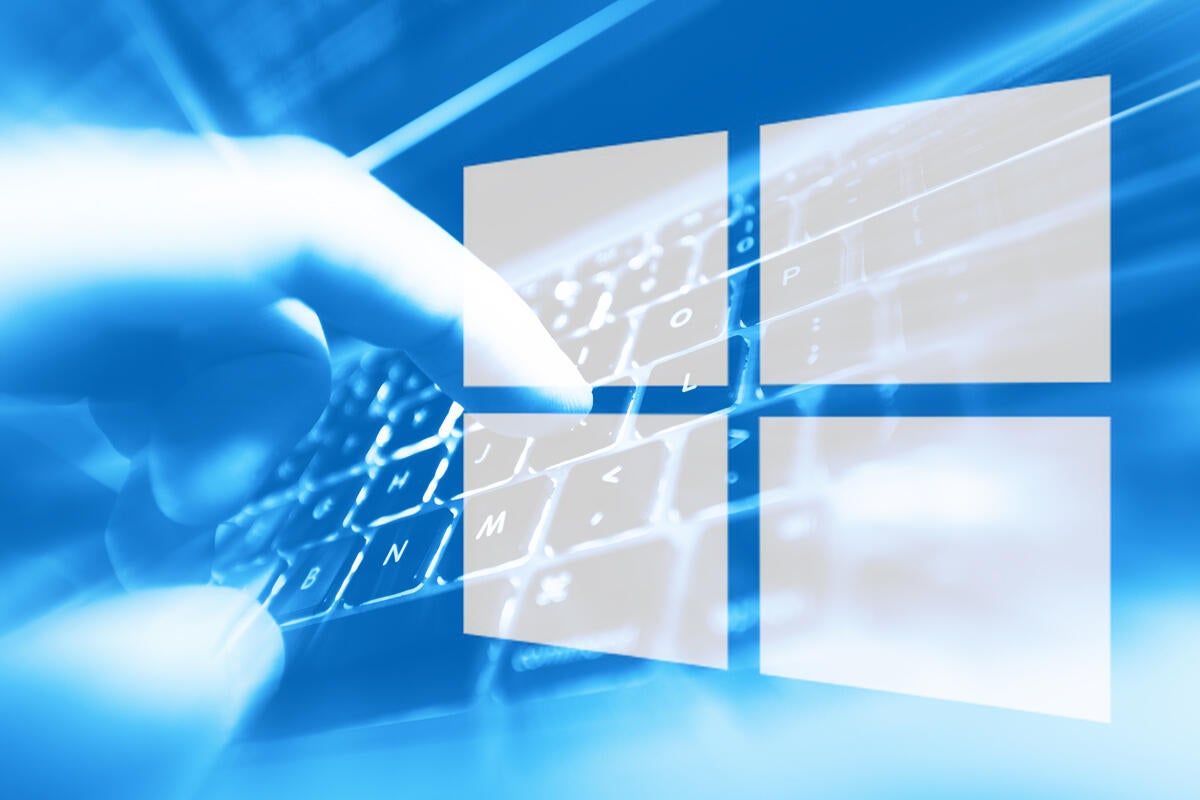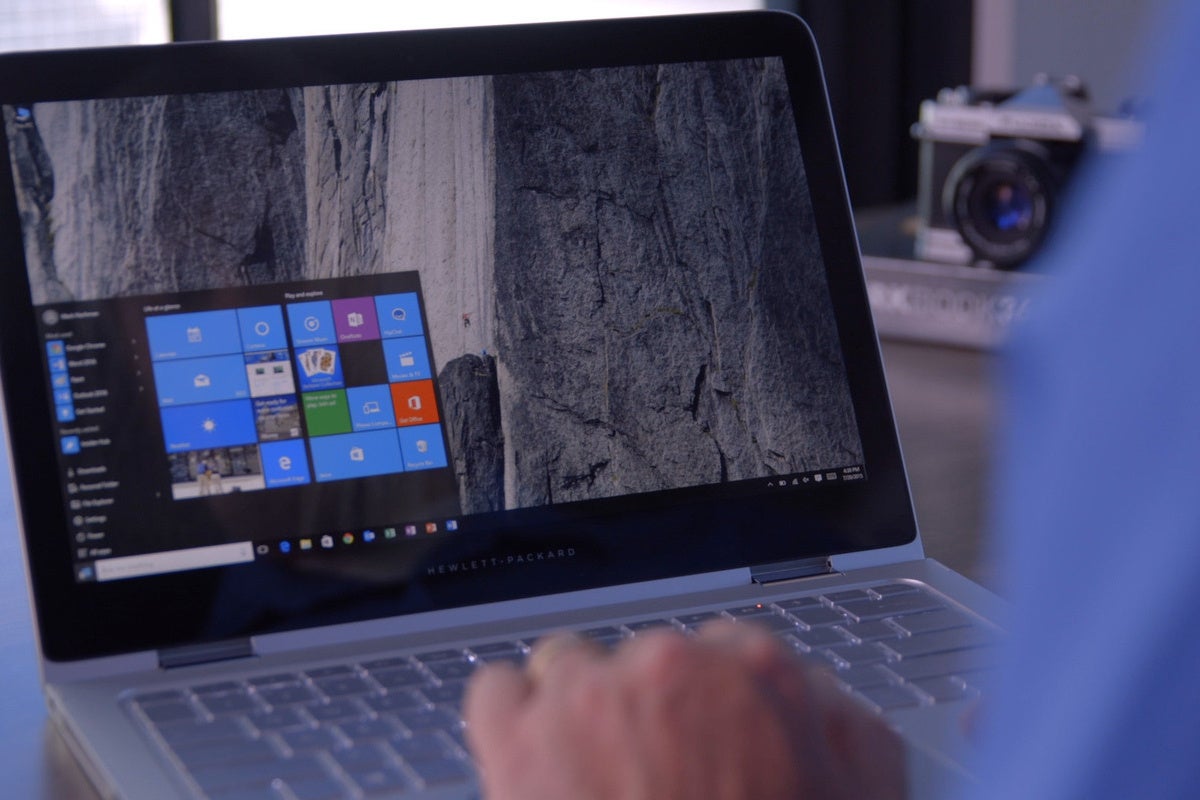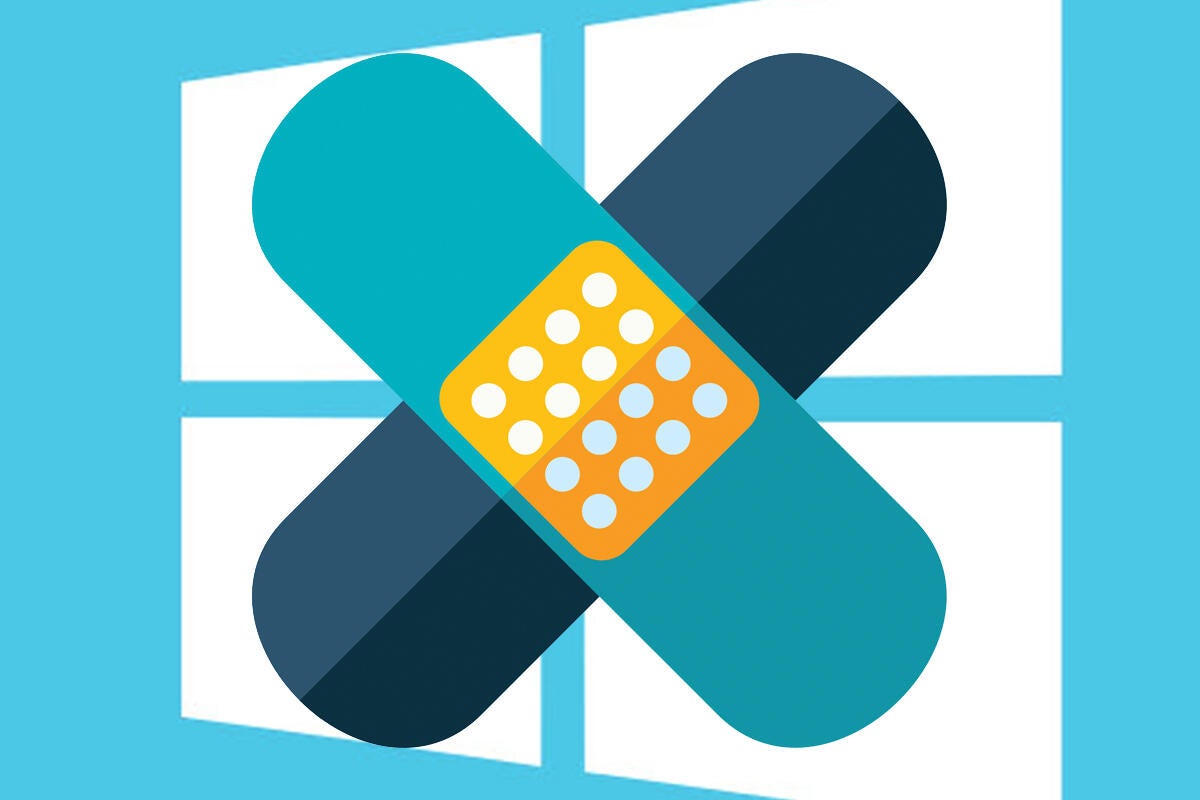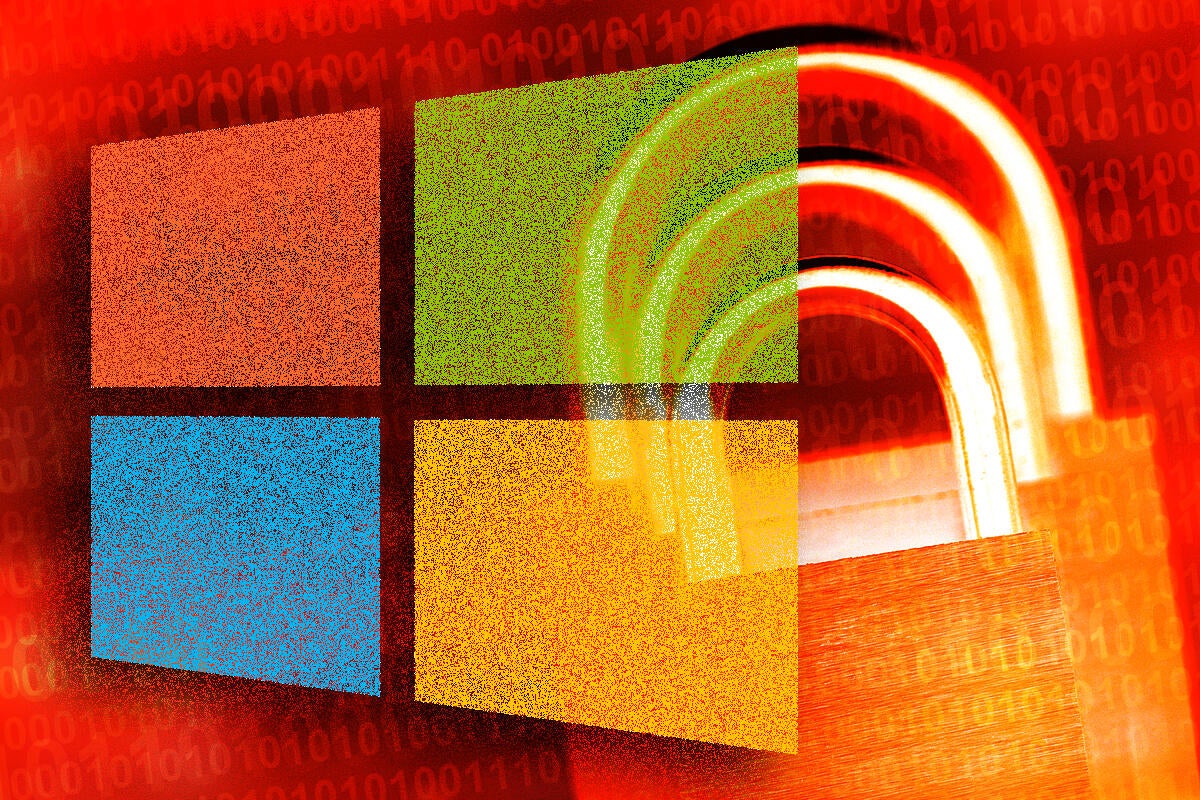Microsoft forces Win10 1703 customers onto 1709, and other Patch Tuesday shenanigans

Credit to Author: Woody Leonhard| Date: Wed, 15 Nov 2017 10:52:00 -0800
Another massive outpouring of Microsoft patches yesterday — more than 1,100 separate patches — brought a few surprises and shouts of indignation from a forced but unannounced upgrade. Some bugs are already evident, and there’s a storm brewing over one Office patch. But by and large, if you don’t use Internet Explorer or Edge, it’s a non-event.
Every version of Windows got patched yesterday (Win10 1709, Win10 1703, Win10 1607, Win10 1511 Enterprise, Win10 1507 LTSC, Win 8.1, Win RT 8.1, Win 7, plus Server 2016, 2012 R2, 2012, 2008 R2, 2008). Almost every version of Office (2016, 2013, 2010, 2007, plus 2013 and 2010 Click-to-Run). Plenty of miscellaneous, too: IE 11, 10, 9 and Edge, Flash for all, SharePoint Server, the ChakraCore package, and various .Nets including ASP.NET. The good news? Unless you use IE or Edge, there’s nothing pressing — you can sit back and watch the bugs crawling out of the woodwork.





